Synthetic grass is an excellent alternative to natural models if you want a green area but do not have enough time to maintain it. There are now types of the synthetic turf that are very realistic and very close to natural grass.
What is synthetic turf?
Synthetic turf is marketed under different names: synthetic lawn, artificial lawn, artificial grass, fake grass, and fake lawn.
It is a woven lawn in synthetic material consisting of polyurethane support; tufts of false grass can be polyethylene fibres, polypropylene, and nylon.
How to choose synthetic turf?
The quality of synthetic turf depends on several criteria:
- The origin of manufacture
- The weight of the fibres
- Its density
- The permeability
- The resistance to tearing
- The longevity
- The duration of its guarantee
- The price
Origin of manufacture
To avoid exotic or Asian fake grass, you should know that artificial lawns manufactured in France and Holland are particularly well-classified.
Weight
The weight in grams per kilometre of weaving yarn is taken into consideration. This fibre size is expressed in decitex or Dtex. When the choice is presented, it is preferable to opt for the heaviest synthetic turf, provided that the height of its strands is identical to that of other turfs. Weight is not the only criterion to consider, as the higher the blades, the heavier the turf. Always compare different artificial turfs by considering the weight/height ratio.
Density
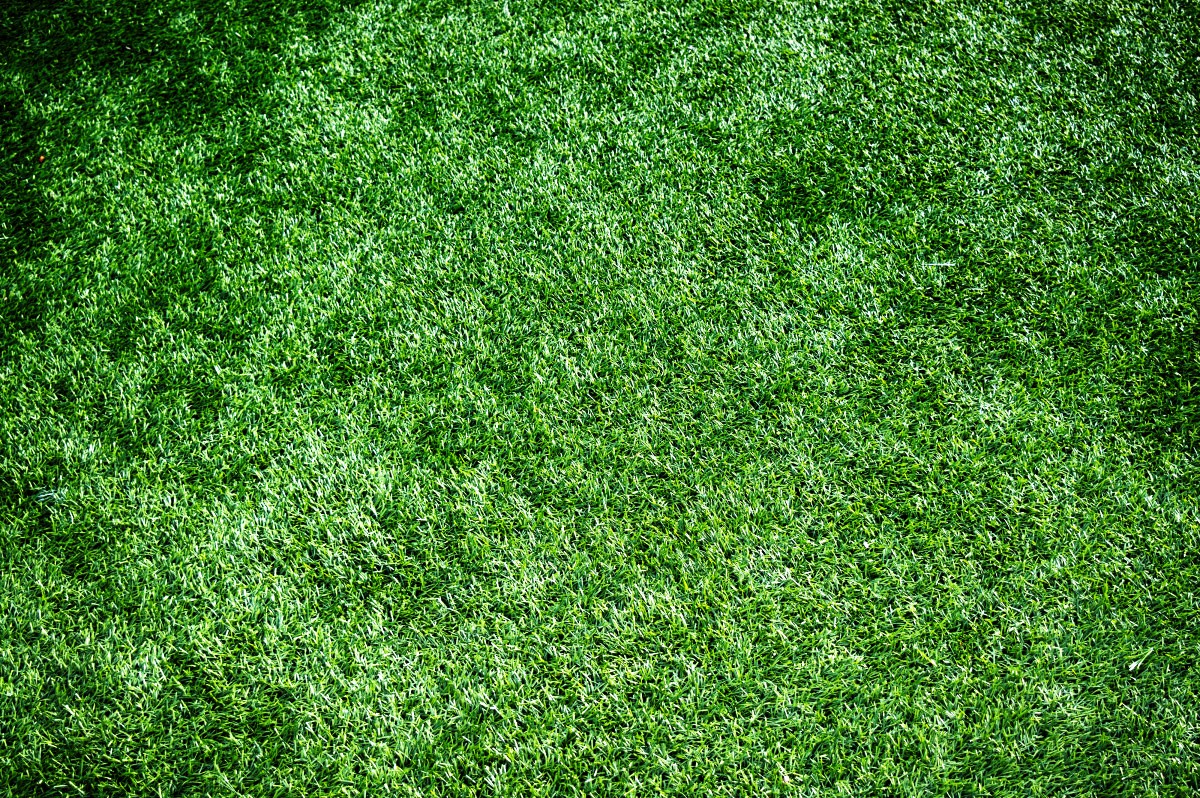
The density of synthetic turf is the number of strands/tufts per m². Note that a synthetic turf of good quality has at least 21 000 tufts of artificial grass per square meter, whether the blades are long or short.
Permeability
The permeability is an important criterion that depends on the flow of water. To limit the risk of rainwater stagnation, choosing an artificial lawn with a permeability of at least 60 litres per minute per square meter (60 L/min/m²) is best.
Resistance to tearing
The tear strength is a measure expressed in Newton (N). Give preference to a synthetic turf with a pull-out force of at least 45 N.
Longevity
The longevity can not be less than 25 years for a good quality synthetic turf.
Duration of guarantee
The duration of the distributor’s warranty and the manufacturer’s warranty, particularly against the effects of salt, chlorine and UV rays, is essential. Prefer artificial turf with a manufacturer’s warranty of at least 10 years.
A price too low should alert you. To enjoy your artificial grass for a long time, don’t hesitate to set aside a slightly higher budget for it: you will then be able to offer yourself a quality product that lasts over time, is aesthetically pleasing, has a pleasant touch, is resistant to tearing, and whose colour is realistic and persistent despite bad weather and UV rays.
Good to know: asking a specialist before buying an artificial lawn is strongly recommended. This professional will guide you according to your needs in terms of garden design.
Advantages of synthetic turf
Very trendy, the synthetic turf is attractive because of the benefits it offers to anyone wishing to develop a natural space almost without maintenance.
Artificial turf has the following advantages:
It is suitable for people in a hurry since the garden or balcony is transformed into a beautiful green space in no time.
It does not require any watering, representing a significant time saving and a consequent water saving.
It eliminates the chore of weeding and consequently dispenses with the use of chemicals, which are dangerous for the environment and living beings.
It does not need to be mowed; it is unnecessary to invest in a mower, representing a nice saving.
It looks like a natural lawn and allows you to create a comfortable, aesthetic and realistic relaxation area.
It hides the imperfections of the ground, whether it is earth, cement, old paving, gravel, etc. Thus, artificial grass has no equal to beautifying gardens, terraces, balconies, driveways, yards, and playgrounds.
It is simply cleaned with a brush and clear water.

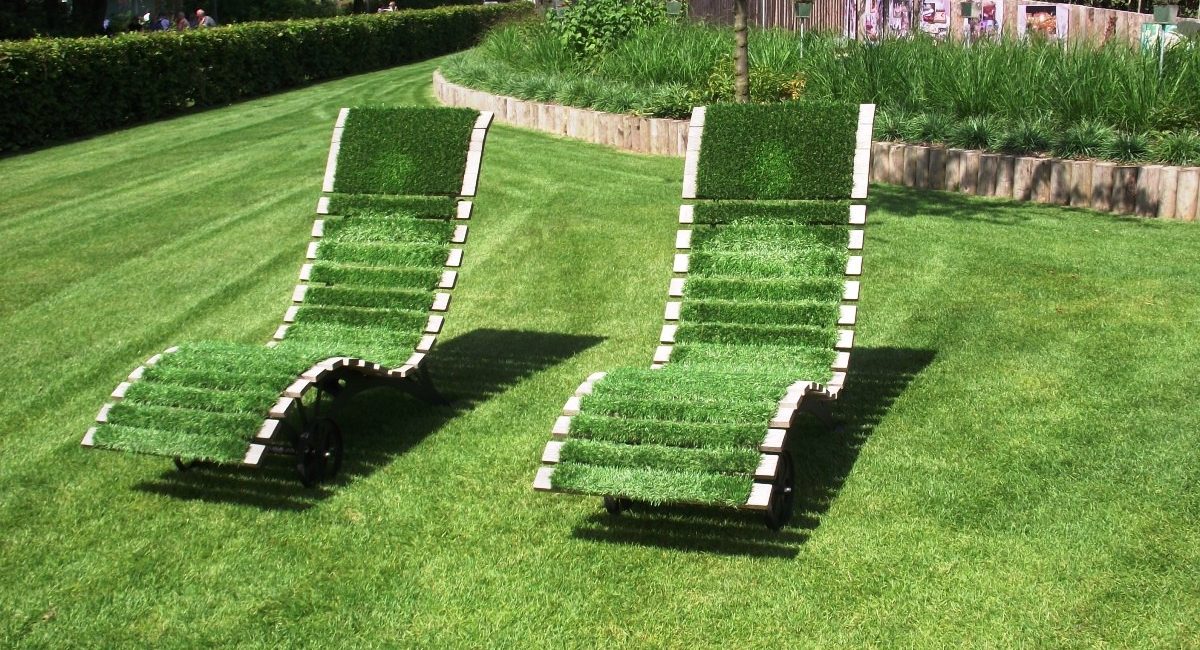
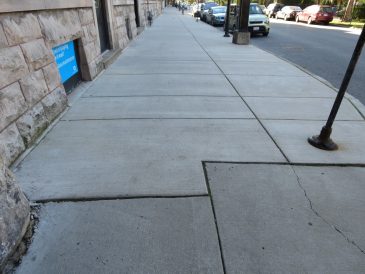
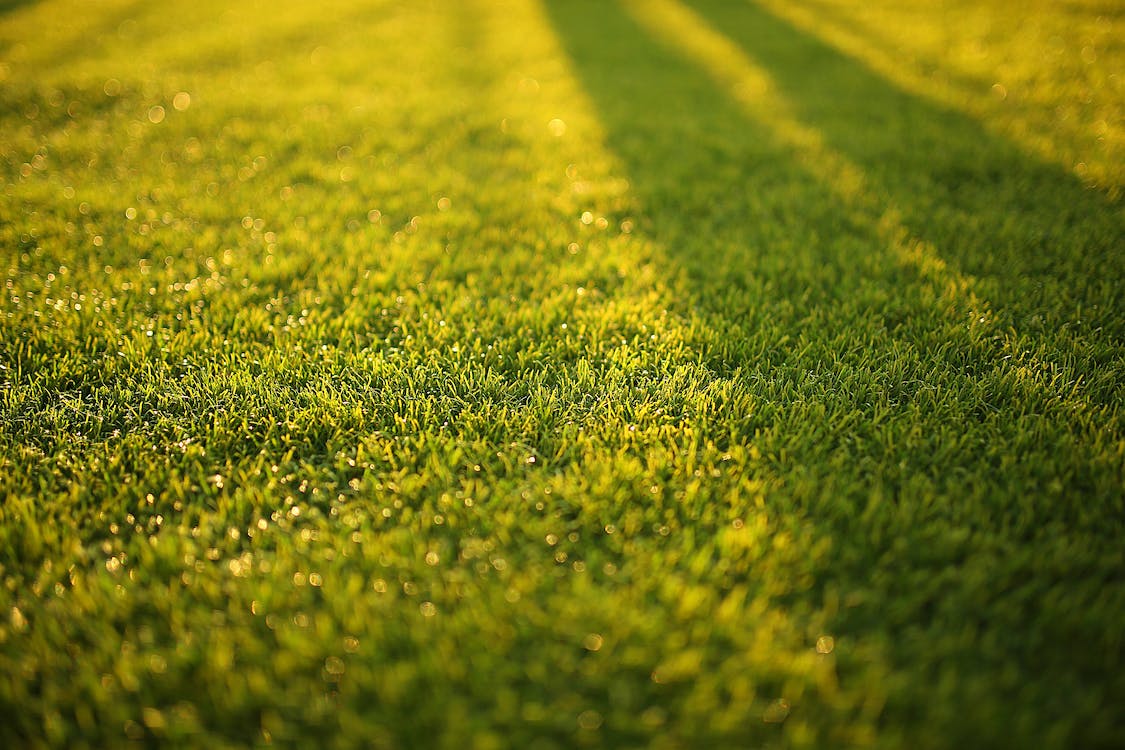
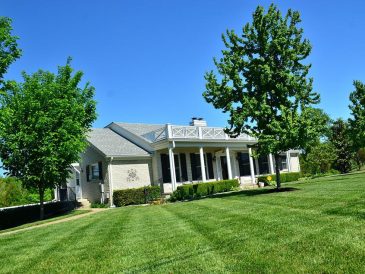
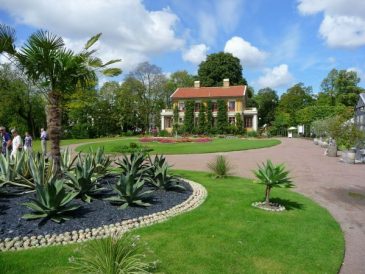
1 Comment
[…] How to Choose Your Synthetic Turf? […]